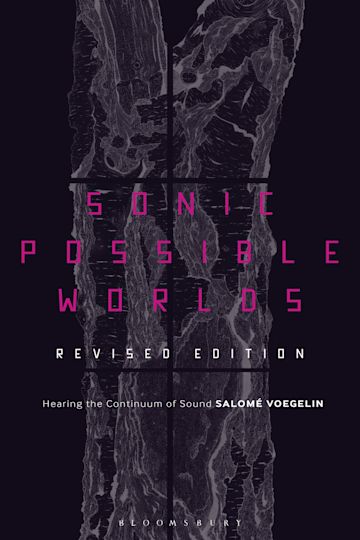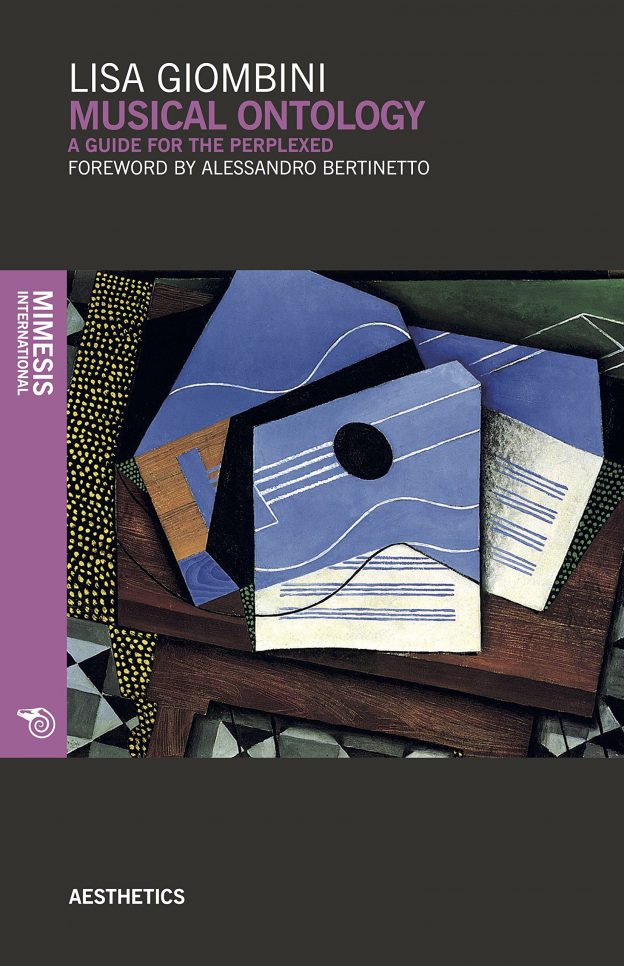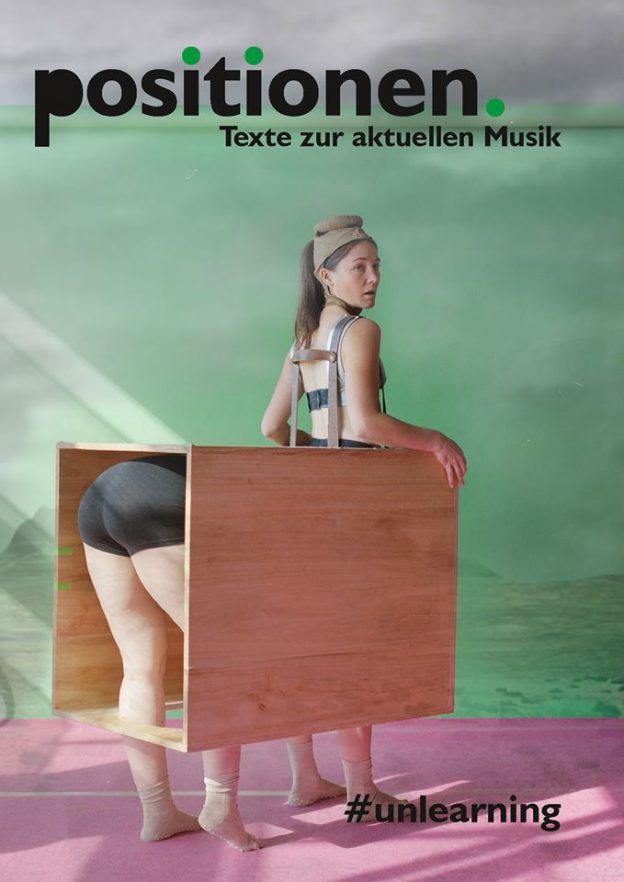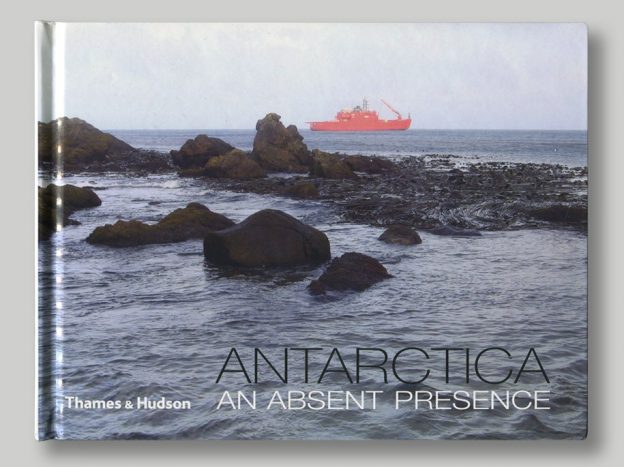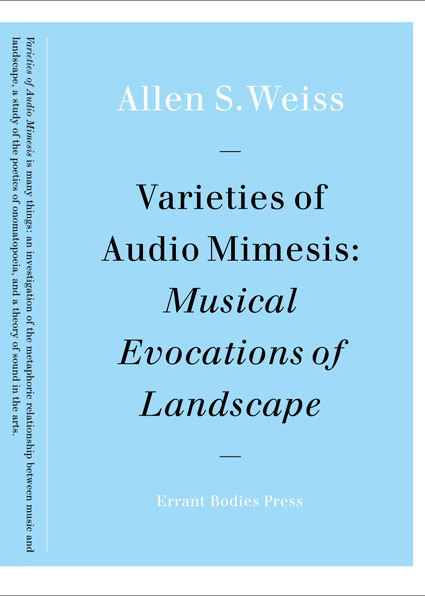Salome Voegelin - Sonic Possible Worlds – Revised Edition
Inspired by its use in literary theory, film criticism and the discourse of game design, Salomé Voegelin adapts and develops “possible world theory” in relation to sound. David K Lewis’ Possible World is juxtaposed with Maurice Merleau-Ponty’s life-world, to produce a meeting of the semantic and the phenomenological at the place of listening. The central tenet of the book is that at present traditional musical compositions and contemporary sonic outputs are approached and investigated through separate and distinct critical languages and histories. As a consequence, no continuous and comparative study of the field is possible. Voegelin proposes a new analytical framework that can access and investigate works across genres and times, enabling a comparative engagement where composers such as Henry Purcell and Nadia Boulanger encounter sound art works by Shilpa Gupta and Christina Kubisch and where the soundscape compositions of Chris Watson and Francisco López resound in the visual worlds of Louise Bourgeois.
Here’s an interesting quote from the book:
“In the ephemerality of sound the horizon between what exists and what does not is in doubt. The inaudible, understood as that in the work and the world, which for reasons of expectation, knowledge, and ideology we cannot access but that nevertheless influences our perception, should at least be assumed to be there. We need to talk about what we hear to prize it away from the restrictions of an analytic language and to articulate its own designation: and we need to talk about the inaudible as the possible impossible, which is once sounded and still has consequences, and which is what sounds now but cannot or do not want to hear, but which one day, when we know to inhabit its environment, becomes the possible and the actual enabled by and hiding another inaudible yet again.
The inaudible is the verge of the soundscape. It is its portal into a plurality of worlds that are all variants of this world but which we can neither see nor hear because we do not know how to or we do not want to; and it is the criticality of the artwork, it is its radical edge over what we know, inviting us to sense beyond “what is” and “what might be” the possibility of impossibility: the invisible inaudible slices of the work, whose presence we might sense but whose materiality we cannot grasp.
The possible impossibility of the work is what gives it the strength to continually push at the boundaries of aesthetic knowledge to move us into that which we deliberately or inadvertently exclude from our sense of the work, without becoming itself audible. It is an aesthetic force rather than a sound whose sound once revealed hides and enables others still.
The possible impossibility of the world is its political, ideological and social horizon, beyond which we pretend not to see anything even once we start to hear it rumble. It is the ground beneath which are hidden those things that do sound but which remain unheard and those that once did sound but have become silent, but often not yet mute.
Sound work that seeks the inaudible anew all the time embraces it passing ephemerality; it embraces its own essence in disappearance and accepts its fleeting property not as a structural necessity but as a generative designation. This is a predicative name that does not describe “what is”, “what might be,” and “what is not allowed to be,” but makes us sense it. Such work is aesthetico-political in that it not only encourages us to see the actual and hear the possible expand its vision, but encourages us to listen to the inaudible in the work and beyond – into the future variance of the world.
It is the artists’ job to open the possibility of the impossible, and it is the writers’ responsibility and the listeners’ challenge to engage in the inaudible to tease it out, not to come to an ideal audibility but to constantly work on the boundary between the audible and the inaudible, to make the impossible re-sound the possible and pluralize the actual”. (p. 174-5)
Table of Contents
1. The Landscape as Sonic Possible World
2. Into the World of the Work: The Possibility of Sound Art
3. Sonic Materialism: the Sound of Stones
4. Hearing the Continuum of Sound
5. Listening to the Inaudible: the Sound of Unicorns
6. Possible and Impossible Bodies
Notes
Bibliography
List of works
Index
€32.00


